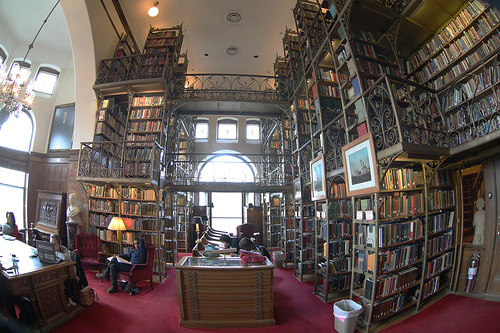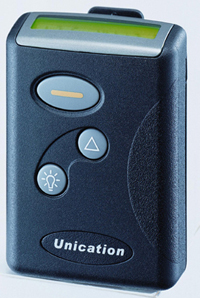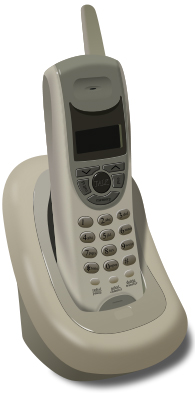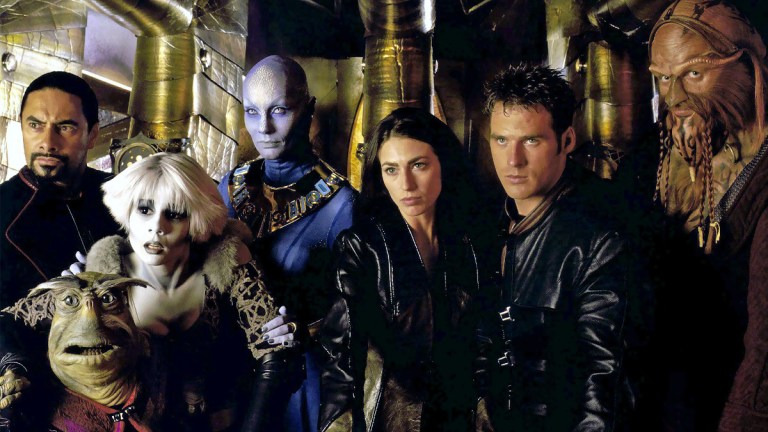
Communicating in the ‘90s
But back in the day, there wasn’t any of this “answer 1,000 nitpicky questions” and “linking to real-life-stuff in my dating profile, thus opening myself up to be Google’d at maximum” business. Online dating was like, get in chat and type “24/f/nyc.”
In the “wired” country America has become, it’s almost impossible to go off the grid completely. Even if you shutter your Facebook, Twitter, Tumblr, email, Gchat, Foursquare, AIM (LOL, just kidding), and Formspring.me, there’s still texting, voicemails, Xbox Live, calling, and – imagine – writing an actual letter to someone and sending it. USPS. Requiring an envelope and a stamp and a short jaunt through your neighborhood to the closest mailbox. This endless parade of networking tools makes disappearing nearly unachievable.
Point is, 20 years ago, more than half of those options didn’t exist. People would be killed, would just disappear off the face of the earth; and no one was concerned because “disappearing” was normal back then. “I’m getting nervous… Michelle hasn’t answered her telephone in three weeks!” and it’s like, “You know Michelle’s been a total flake lately! Maybe she couldn’t pay her phone bill again or whatever.” And that was totally cool. Now it’s less cool and more like, “OMG MICHELLE HASN’T TWEETED IN 43 HOURS SOMETHING IS WRONG. SOMETHING. IS. WRONG.” Someone will tell you you’re overreacting, and next thing you know Michelle is tweeting, “@overwhelmingfriend: hey girl just got home from hospital long story xx.”
So… if your friend’s body is rotting in their apartment for a few weeks because of scarcity of communication and also the reasonable expectation that “everything is okay,” i.e., “I can’t tell if they have been active online or not, that isn’t really a “thing” yet, but I’m assuming they’re okay,” then maybe the ‘90s weren’t super awesome for communication. But by any other measure, the ‘90s were a standout time for tech. There is technology that solely existed as the status quo during that decade. It’s like these things were hatched in ’88 or ’89, had the lifespan of a Scottish Terrier, and then died of the debilitating disease known as consumerism. And if those communication tools truly are dead, let this be their funeral.

Beepers/ Pagers
Most everyone knows that initially, beepers were popular among doctors and drug dealers. The trend trickled down from the rich to the poor, as is wont to happen. Beepers were almost $150 when they were the “new shit,” but by the time I was 14, you could get a free pager with like, a Big Mac meal. The solid thing about beepers was that the excuses for not getting back to someone were ENDLESS. “I was on the subway,” or “I wasn’t by a phone,” were totally legit. “I didn’t have 25 cents” was a believable, valid excuse. Today it’s like, you could be in lock up for the night, sans contact with the outside world, and fucking LIFE ends. “Where are you, fucking asshole?! You made me leave my apartment at 11 PM and now you’re not picking up the phone? Piece of shit. FUCK YOU.” You have septuplets of that message. That is the price you pay for owning a cell phone.
Of Note: Eventually, the prototype of texting became popular via beepers. While the possibilities were somewhat limited, dialing a series of numbers would sometimes produce words. “8008135” was “BOOBIES,” for example. “17-31707-1” was “I love you,” if you look at it upside down.

Telephones
Telephones are obviously still around (sort of), but they really evolved during the ‘90s. We had the Clarissa Explains It All type-phone, which was not much different than the beige “wall phone” of the ‘80s except that these particular phones were very much pandering to quirky, phone crazy, boy-crazy teenagers. They were pastel block colors or just clear so that all of the wires were proudly displayed (OMG, CRAZY!). These phones had a crazy-long curly cord so that you could tangle your fingers in it, as you’d engage in idle gossip while gazing at your ceiling fan.
Then, we had the cordless phone. If you lived in the suburbs with a cordless, maybe you’d take a stroll around your “property” until the signal went fuzzy and you had to go back inside, closer to the “phone base.” If you lived in the city, you would take the big ass cordless phone outside to your stoop and talk on that shit, even if you were just pretending and actually talking to yourself, because you now had a “cell phone.”
Cell phones did exist, but were scarce and used for “emergencies” in most cases. The car phone was a popular option in the early ‘90s, but once cell phones became mainstream and affordable, car phones were left in the proverbial dust. HANDS FREE, Y’ALL!
Call waiting, caller ID, and three-way dialing became popular. Before call waiting, if you called someone and got a busy tone, you could call back. You could call back a thousand times, and they’d have no idea. It was like Russian Roulette. Pick up the phone. Dial the number. Busy. Hang up. Pick up. Redial. Busy. Hang up. Pick up. Redial. Ring. “RING! RING MOTHER—hello? Hi, may I please speak with Jonathan? It’s Stephanie.”
Caller ID was sweet for screening calls, especially when your parents were expecting a call while you were doing something extremely important on the phone. Like three-way calling every boy in your class. “Hold on, I gotta beep. Oh, it’s my grandma. No, she’ll call back. Now, let’s call Mark. You talk, I’ll listen.”











